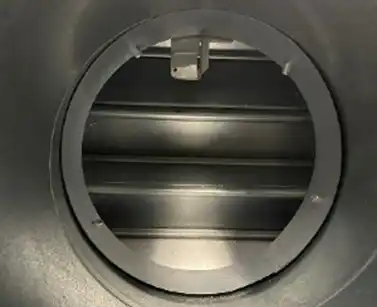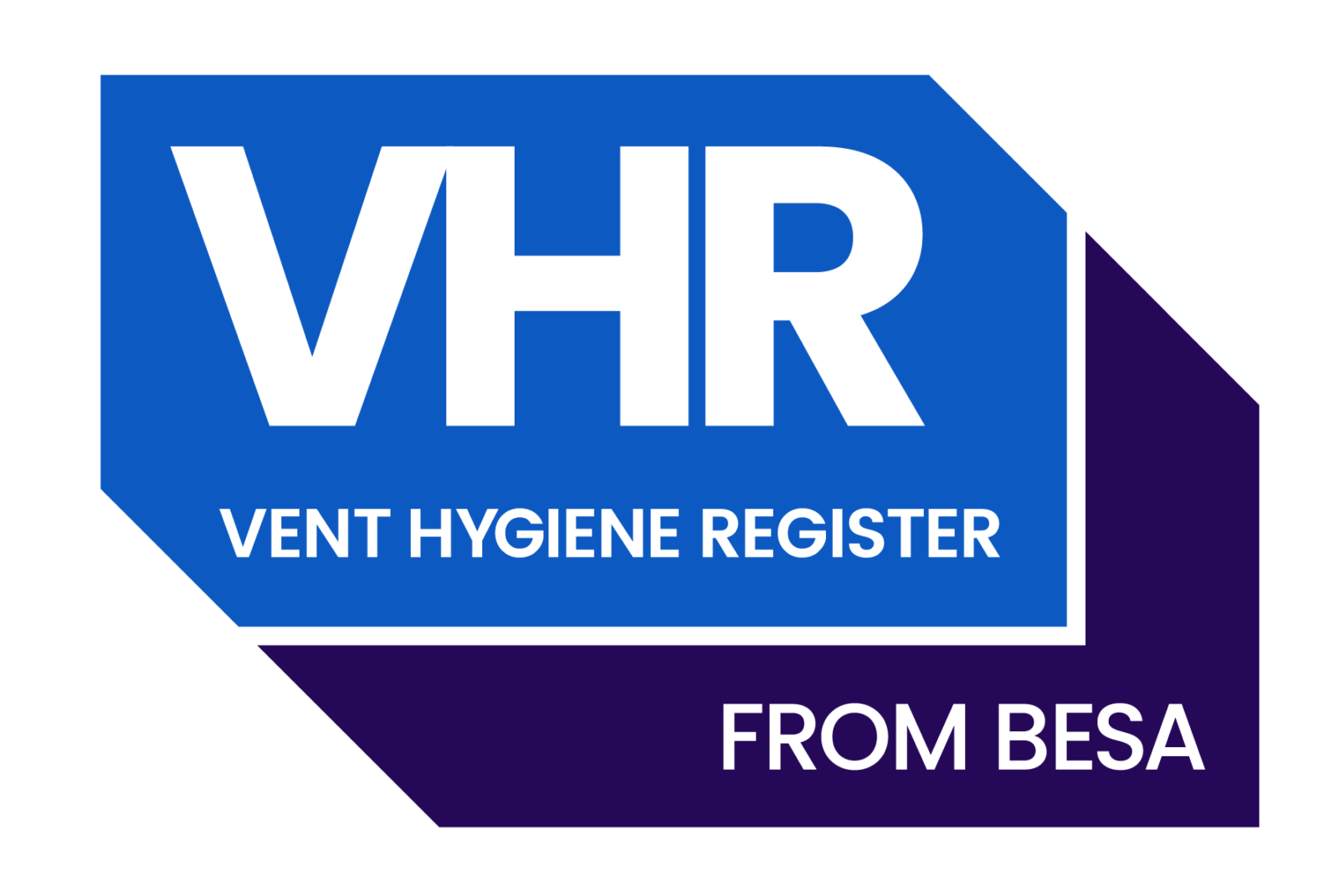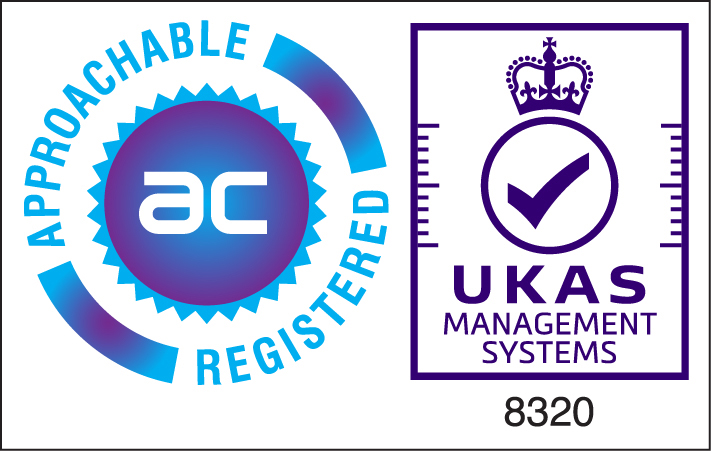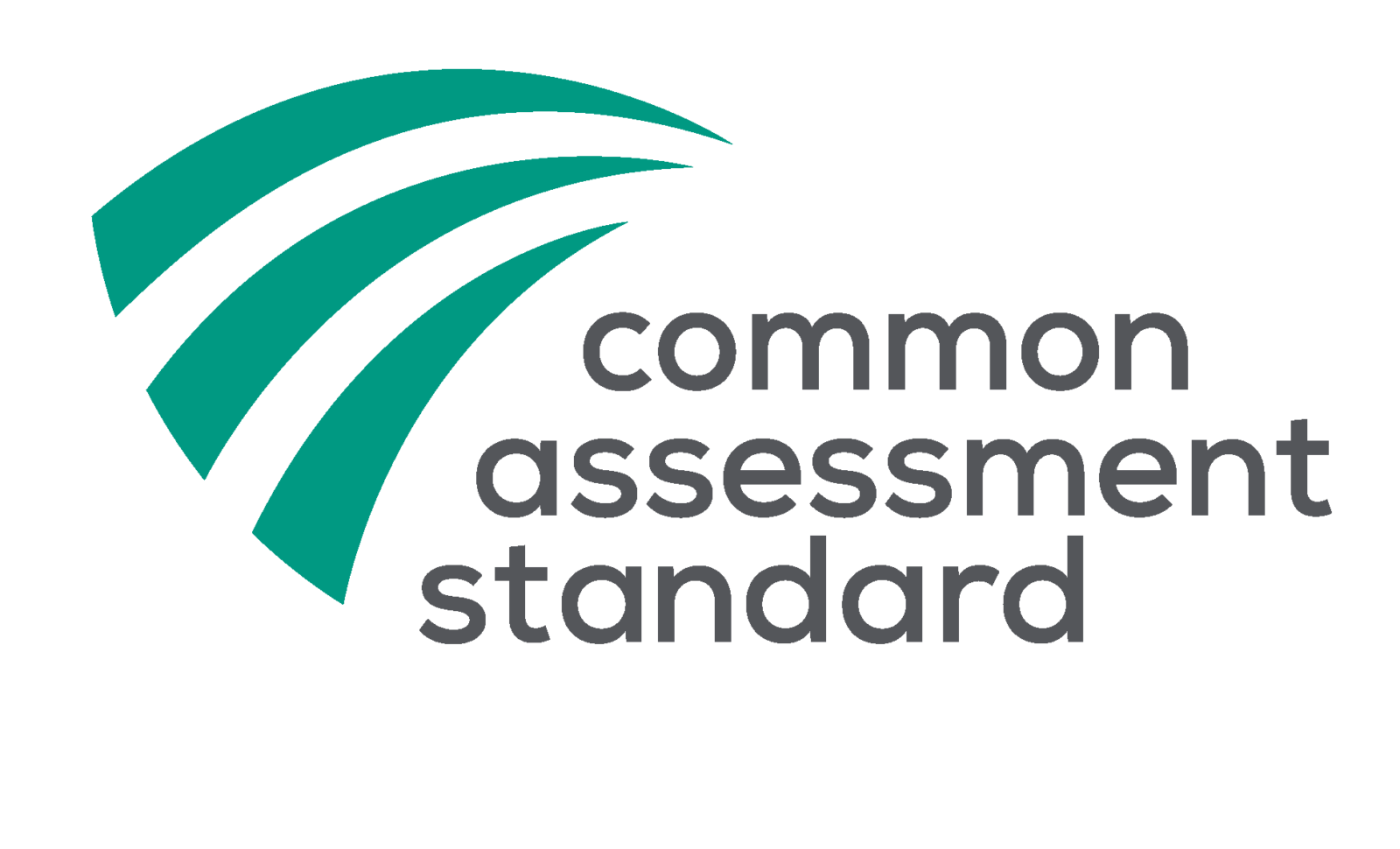Fire dampers are an integral part of the building safety system, so they must be regularly tested to ensure the safety of occupants during a fire.
With the introduction of The Regulatory Reform (Fire Safety Order) 2005, it is the responsibility of employers to ensure that all fire safety systems are maintained and working correctly.
To comply with the regulations, a fire alarm system and fire damper inspection and drop test should be carried out annually by a qualified technician. In this article, we are going to look at the fire damper testing process in more detail.
What are fire dampers?
Most building occupants will not be aware of fire dampers or know the important role they play in keeping them safe. So what exactly are fire dampers and how do they work?
Fire dampers are reactive safety devices installed in the ducts of buildings. These ducts are used to feed air around the building for air conditioning and ventilation systems. But they can also serve as conduits for smoke and flames during a fire.
Fire dampers consist of a door or shutter that automatically closes the duct once predefined temperature thresholds are breached. This serves two purposes. It reduces the risk of smoke from spreading around the building and it interrupts migratory airflow cutting off the supply of oxygen to the fire.
Why fire damper testing is important
Smoke inhalation is a leading cause of fire-related deaths. Data from the Government shows that 30% of all fire-related deaths in 2020 were caused by smoke inhalation.
So reducing the risk of smoke spreading around the building in the event of a fire can save lives. This is the primary role of fire dampers. So fire dampers must be tested to ensure they will operate successfully once a fire starts.
Regular testing can also help to reduce long-term maintenance costs. Fire damper doors and shutters can seize up if not regularly maintained. This will significantly shorten their lifespan and result in much higher maintenance costs long term.
So not testing your fire dampers is a false economy. You will not only by exposing your staff and customers to increased risk. You will also risk prosecution by not complying with the regulations. And you will significantly increase long term maintenance costs.
The fire damper testing process
Fire damper inspection
The fire damper testing process starts with a thorough visual inspection of the fire dampers themselves. All fire dampers should be installed within easy access of an inspection hatch.
Fire dampers that cannot be accessed via an inspection hatch do not conform to the regulations. In this scenario, we can arrange for an inspection hatch or access panels to be installed.
The engineer will start by removing any debris that has collected around the damper mechanism and shutter. This can prevent the shutter from creating a high integrity seal when closed, so all debris must be removed.
Once cleaned, the shutter door and closing mechanism are visually inspected for faults. The engineer is looking for excessive corrosion and damaged or faulty components. Any faulty or excessively worn components are then replaced.
Fire damper drop test
Once the visual inspection is complete the engineer will carry out a drop test. This is one of the most important tests because it ensures the fire damper operates once the temperature threshold has been breached.
Fire dampers contain a fuse that is designed to melt at approximately 165ºF. This causes the fire damper door or shutter to close and seal the duct. During the drop test, this fusible link is manually released.
The engineer then checks if the closing mechanism is working correctly. The integrity of the seal is also checked to ensure smoke cannot escape. Any faults in the mechanism or seal are reported and will require immediate rectification.
If the drop test is completed successfully, the engineer will reset the fire door so that it is ready for use. In some cases, this may involve replacing the fusible link. Our engineers carry spare fusible links with them just in case.
Fire damper report
Once the visual inspection and drop test are complete, a fire damper testing report is completed by the engineer. This is a comprehensive report that should include the following information:
- A detailed plan of fire damper locations
- Information about the type of fire dampers installed
- Photographic evidence of any issues found
- Fire damper drop test results
- Notification of any remedial work required for compliance
A fire damper report is an important document that you will need to keep as proof that your fire dampers have been tested per the regulations. Failure to produce this report when asked may result in prosecution.
We supply the report in an electronic PDF format. This ensures it can be easily stored on your servers. And that it can be viewed from any digital device including smartphone, tablet and PC.
How often should fire dampers be tested?
Regulation BS 9999:2017 stipulates that all fire dampers be inspected by a qualified and competent person at least once each year. Fire doors located in areas prone to dust or those in high-risk locations should be inspected more frequently than this.
There are special requirements for the testing of fire dampers in healthcare facilities. These are set out in HTM 05-02 and HTM 03-01 and are split between critical and non-critical areas. Please contact us for more information regarding healthcare testing schedules.
Get your fire dampers tested today
Are your fire dampers due for testing? Get in touch with our fire safety team to arrange a survey today. We are one of the leading ventilation and fire inspection companies in the United Kingdom and provide a comprehensive fire damper testing service.
With more than 10 years of experience inspecting installations of all sizes. We have the right mix of skills and experience needed to ensure your fire safety systems are working correctly.
We carry out surveys across the UK and Northern Ireland and have experience in several sectors including healthcare, education, manufacturing, retail and hospitality. Get in touch by completing the contact form here or give us a call on 0333 1029 930 to arrange a fire damper inspection today.













